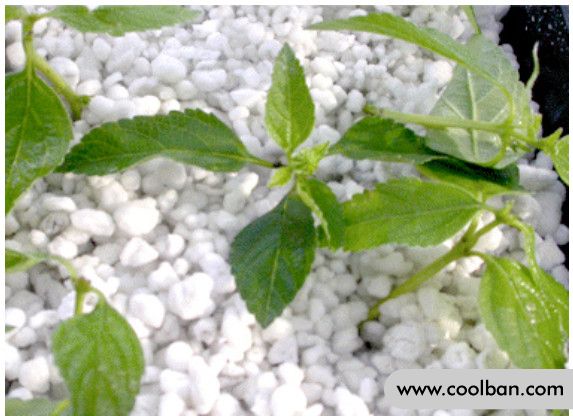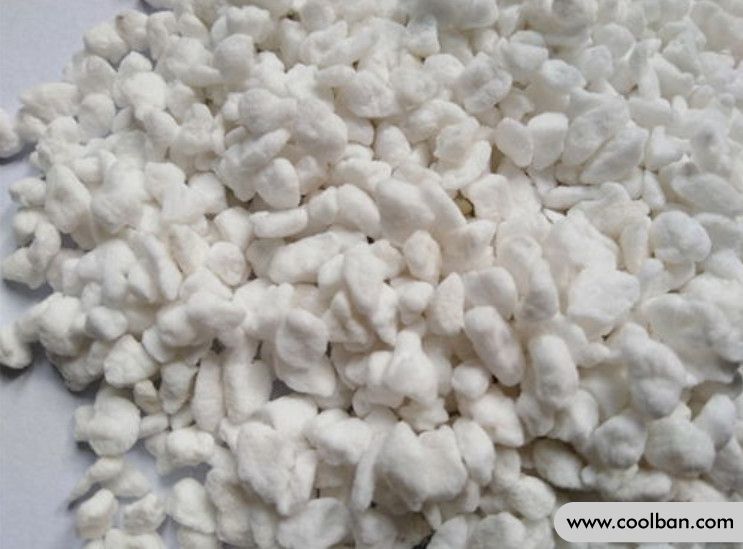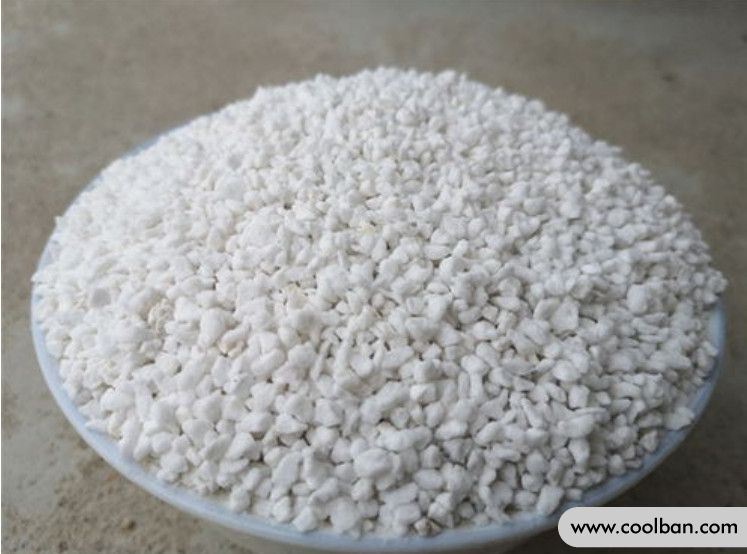Can plants grow in perlite?
Perlite is a white granular non-metallic mineral material made of pearl ore, which is preheated at high temperature and immediately roasted to increase its volume by 10-30 times. Perlite is often used in horticultural planting. It has many advantages in horticultural planting, but some plants are not suitable for use.

What is perlite made of?
Perlite is basically made of volcanic rock or glass. It forms when natural minerals formed from molten lava cool and trap moisture. Natural perlite is a type of rock or glass. White light perlite is produced by heating pristine volcanic rock or glass. When heated, the water contained in the mineral expands, turning the dense mineral into a bright, white, over-gloss product.
The main component of perlite is silica, the same mineral that makes up quartz and sand. Perlite also contains alumina, sodium oxide, potassium oxide, iron oxide, magnesium oxide, and calcium oxide. It also has 3-5% water content, which is what makes it "crumbly".

Advantages of perlite:
Advantage 1, waterproof and breathable. The water absorption of perlite can be as high as 2 to 3 times. Mixing with soil creates voids and improves permeability.
Advantage two, lightweight, porous, heat insulation. Due to its porous structure, it is a natural temperature control halo that reduces damage to plant roots due to temperature changes and also has the advantage of controlling fertilizer efficiency and fertility.
Advantage 3. Promote plant root growth. The porosity of this product greatly promotes the growth and development of plant roots, and has the advantage of encouraging plant root establishment.
Advantage 4. The chemical properties are stable, the pH value is neutral, and it does not harm plants. Does not contain organic matter, insoluble in water.
Advantage 5. Prevent diseases from spreading in plants in a large area, and molds cannot survive on them, forming a disease isolation area.
Advantage six, non-toxic and harmless, it mainly contains silicon dioxide, and silicon dioxide is the main component of sand. Perlite pellets are safe to handle when growing plants in pots or planters. Perlite is also widely used in agriculture and construction.

Disadvantages of perlite:
Disadvantage one, very fragile. If there is too much perlite on the surface of the pot, it will float to the soil surface after watering, or be blown away outdoors.
Disadvantage two, short life. It usually breaks down after a year of use and is one of the factors that contributes to soil clumping.
Disadvantage three, not suitable for all plants. Perlite is generally considered one of the best soil conditioners, however, not all plants grow well when added to the soil. Plants with strong root systems, such as mint, may not grow well in perlite.

How to use perlite?
When planting/playing with flowers, the first issue is the choice of planting medium, which is an important issue that affects the success of planting flowers. We often hear such terms and jargon about floriculture from a variety of sources.
When preparing and applying fertilizers, adding a certain amount of perlite can make the soil loose, breathable, and well drained. When mixing, pay attention to the size of the particles when using, the larger the particles, the better for large plants.
Can plants grow in perlite?
Suitable for soilless cultivation of plants. Perlite acts as a soil that retains some moisture and also allows oxygen to reach the roots. However, it tends to float in excess in water, so it may not be ideal for all plants. If used as a soilless growing medium it should be mixed with peat moss.
